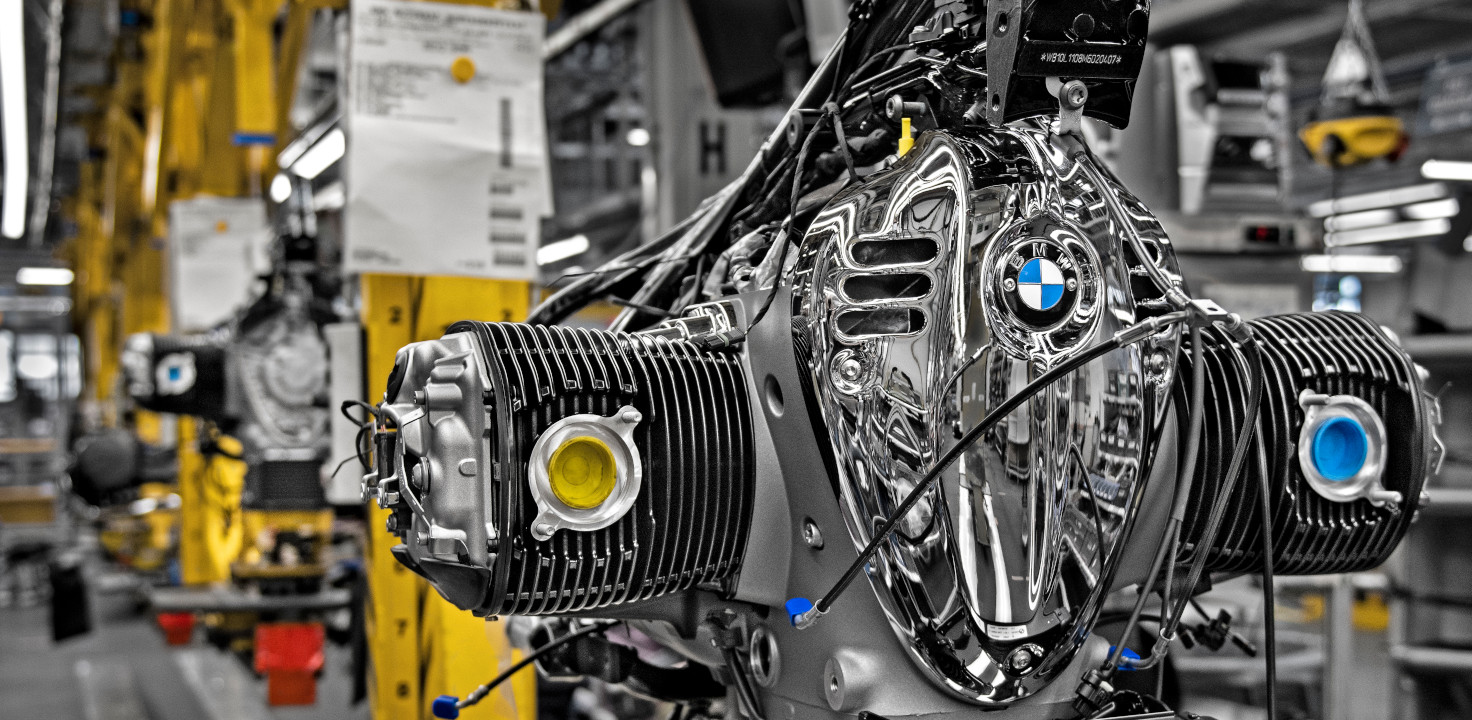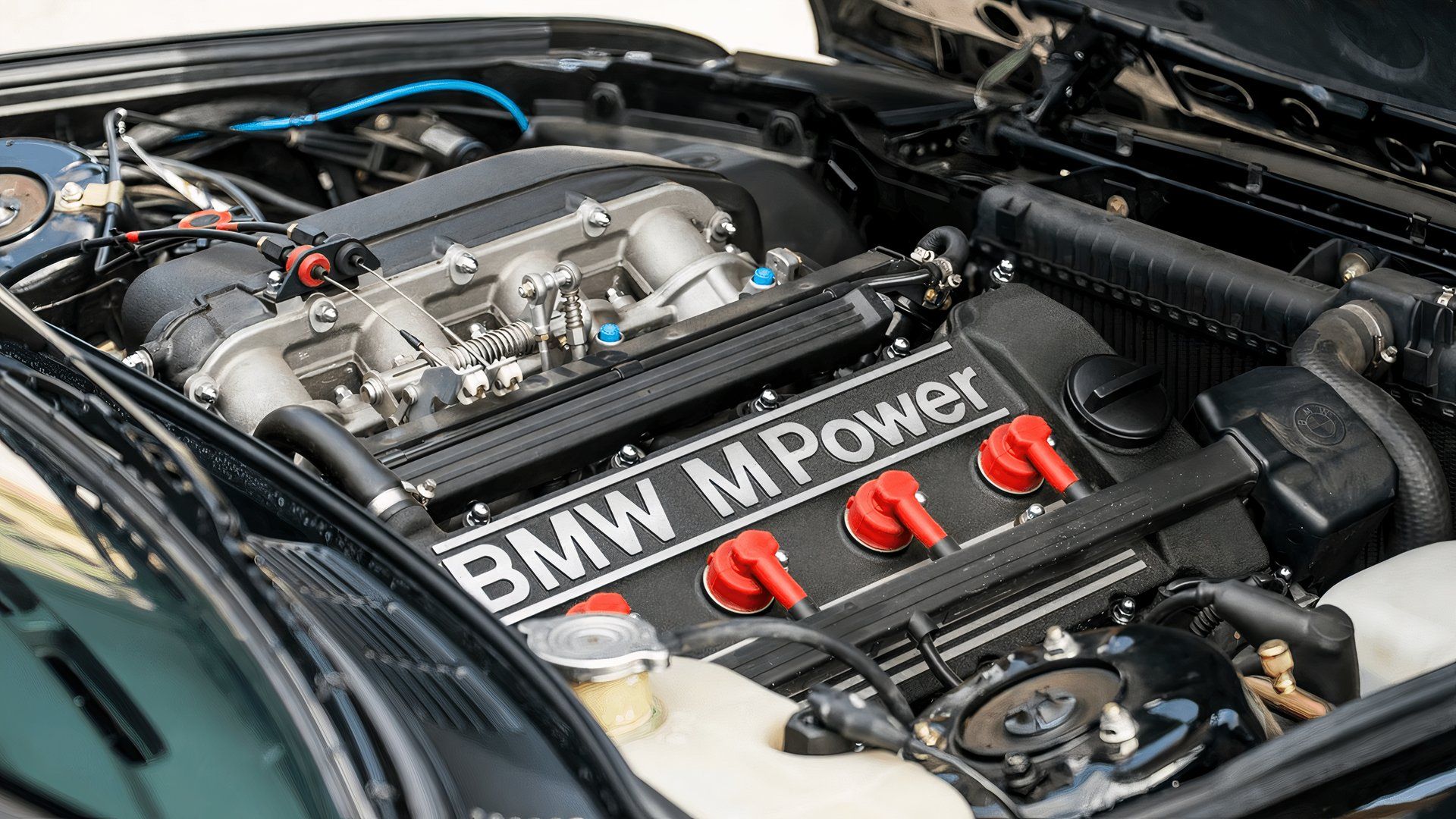Introducing the Secrets Behind the Power of the BMW Engine
Introducing the Secrets Behind the Power of the BMW Engine
Blog Article
Checking Out the Advancement of Burning Engines in Modern Transportation Solutions
As we navigate the landscape of modern transport, the development of burning engines stands as a testimony to human resourcefulness and design expertise. From their modest starts to the innovative powerhouses driving automobiles today, combustion engines have undertaken an amazing journey of development and adaptation. Recognizing the complexities of this evolution not just sheds light on the past but additionally leads the way for visualizing what exists in advance in the world of transportation modern technology. The interaction of history, technology, and ecological problems fit the trajectory of burning engines develops a story that is both compelling and informative.
Early Beginnings of Combustion Engines
How did the idea of combustion engines very first arise in the very early stages of transportation growth? The origins of burning engines can be mapped back to the 17th century when the concepts of internal combustion were initial explored.
The development moment included the invention of the first effective gasoline-powered engine by Karl Benz in 1885 - bmw engine. This engine led the means for the advancement of the modern-day automobile, reinventing transport systems worldwide. Subsequent innovations by Nikolaus Otto and Gottlieb Daimler further refined burning engine innovation, resulting in the automation of vehicles and the quick expansion of the transportation industry
These early burning engines were defined by their simpleness and effectiveness, laying the foundation for the complex and powerful engines made use of in modern transport systems. The evolution of combustion engines has contributed fit the way we travel and move products, noting a significant milestone in the background of transportation development.
Transition to Internal Combustion Modern Technology
The shift to interior combustion technology noted a critical change in the development of transport systems. This shift started in the late 19th century, with innovators like Nikolaus Otto and Gottlieb Daimler developing the first successful interior burning engines. These engines reinvented transport by providing a more effective and reliable alternative to heavy steam engines and electric motors.
Among the crucial benefits of internal burning engines was their capacity to be scaled down to match lorries, resulting in the development of autos and bikes. This change from bulky, stationary engines to portable, mobile ones paved the method for the contemporary transport systems we see today.
The change to inner burning technology also spurred innovations in fuel modern technology, resulting in the growth of gasoline and diesel as main fuel sources for lorries. This change not only made transportation extra obtainable to the masses but likewise laid the foundation for the oil and gas sector to come to be indispensable to international economies.
Influence of Combustion Engines on Transportation
The fostering of combustion engines in transport systems catalyzed an extensive change in the effectiveness and rate of international wheelchair. Combustion engines transformed transport by offering a functional and reputable resource of power for numerous automobiles, including automobiles, airplanes, ships, and trucks. This technology substantially boosted the capacity for individuals and products to conform cross countries in shorter period, bring about raised connection in between areas and nations.
In addition, the widespread use combustion engines has had a substantial influence on economic growth. The ability to carry products effectively has actually spurred profession and commerce, allowing services to increase their markets and reach consumers worldwide. This has facilitated financial growth and globalization, as items can now be moved quicker and in bigger quantities than ever.
However, the ecological impact of combustion engines can not be forgotten. The combustion of fossil fuels has resulted in air contamination and greenhouse gas emissions, contributing to environment modification and positioning wellness risks to populations. bmw engine. Consequently, there is a growing focus on creating alternative propulsion innovations to reduce these negative results and develop an extra sustainable future for transport
Advancements in Combustion Engine Design
Numerous innovations in combustion engine style have actually thrust the evolution of transportation systems over the years. One noteworthy innovation is the advancement of turbocharged engines, which utilize exhaust gases to drive a turbine that compresses inbound air, permitting more gas to be burnt, leading to boosted power output without a significant boost in engine dimension. Furthermore, straight injection click here now innovation has boosted fuel effectiveness and efficiency by exactly controlling the amount and timing of fuel injected into the burning chamber. Variable shutoff timing systems have actually also changed engine style by optimizing air flow at different engine speeds, boosting both power and effectiveness. Another substantial innovation is the integration of light-weight materials such as carbon fiber and light weight aluminum alloys, minimizing overall engine weight and improving vehicle fuel economic climate. Furthermore, innovations in computer-aided design have enabled engineers to maximize engine efficiency and effectiveness via simulations prior to physical prototypes are built, saving time and resources in the advancement process. These technologies collectively add to the continual enhancement of burning engines in contemporary transport systems.
Future Patterns in Burning Engine Development
With modern technology improvements driving continuous development, the future of burning engine development is positioned to reinvent transportation systems globally. Among the key trends in combustion engine advancement is the push in the direction of better performance and decreased emissions. Makers are investing heavily in research and development to improve engine efficiency while meeting stringent ecological laws. This consists of the combination of innovative gas shot systems, enhanced turbocharging methods, and making use of light-weight products to enhance gas usage and decrease carbon discharges.
Another noticeable pattern is the fostering of crossbreed technologies in burning engines. Crossbreed engines incorporate conventional combustion innovation with electrical power, using boosted fuel efficiency and lower discharges. As the auto sector shifts in the direction of electrification, hybrid burning engines are seen as a transitional solution that bridges the space between standard cars and fully electric ones.
Additionally, the integration of smart modern technologies, such as expert system and data analytics, is expected to play a substantial duty in the future of combustion engine advancement. These technologies can enhance engine performance in real-time, leading to extra effective combustion procedures and enhanced overall lorry efficiency. Welcoming these future fads will not only drive innovation in burning engine growth however also add to a more lasting and environmentally pleasant transport environment.

Final Thought
In final thought, the advancement of burning engines in modern-day transport systems has actually been marked by considerable developments in modern technology and style. From the very early beginnings of combustion engines to the shift to interior burning innovation, these engines have this hyperlink actually had a profound impact on transport.
The origins of burning engines can be traced back to the 17th century when the principles of internal burning were very first checked out. These engines reinvented transportation by supplying a much more effective and powerful alternative to steam engines and electrical motors.

Report this page